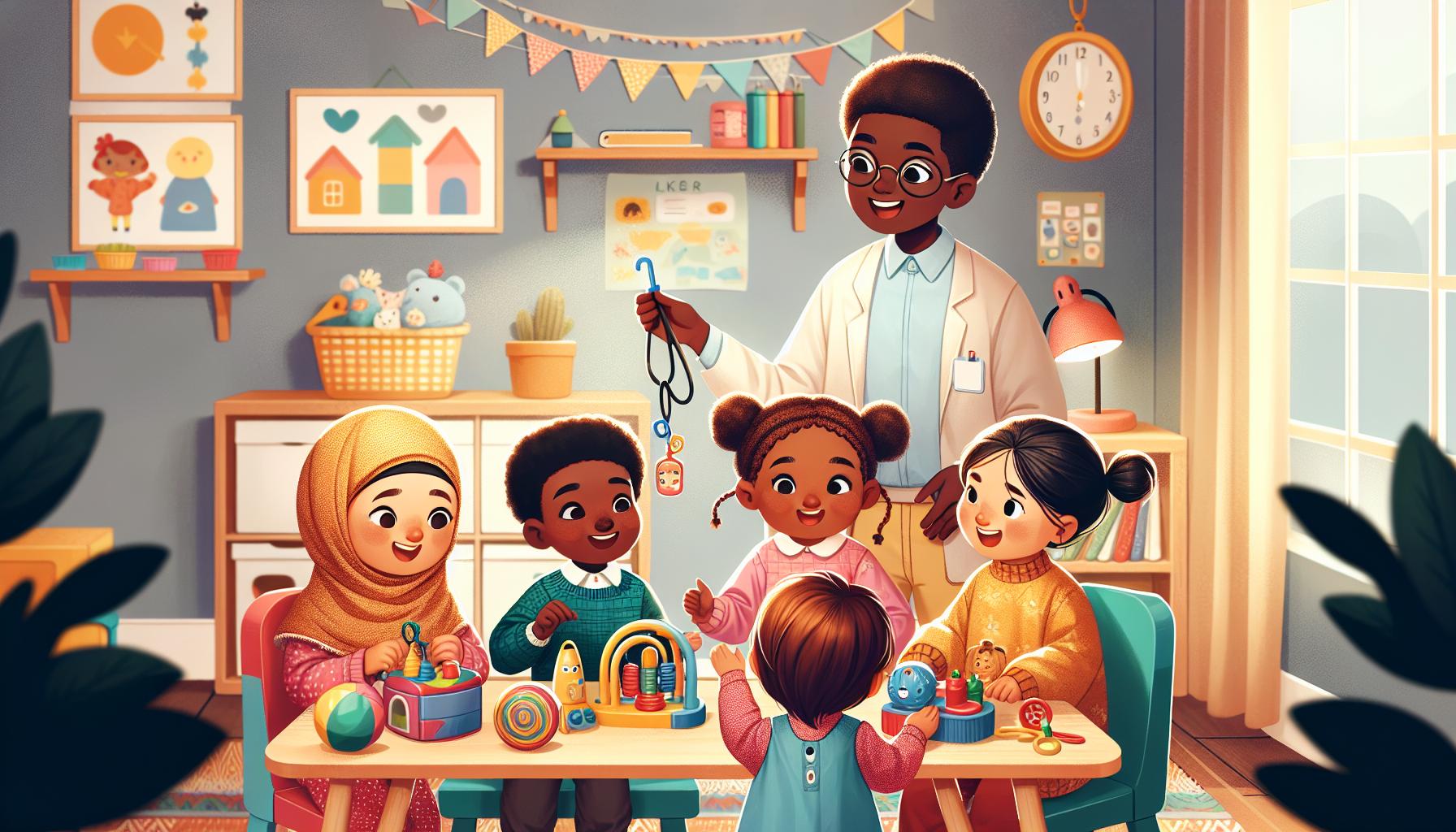Are you familiar with the term “anxious avoidant attachment style”? It’s a complex pattern of behavior that can significantly impact a person’s relationships and overall well-being. This attachment style is characterized by a strong desire for closeness and intimacy, coupled with an intense fear of rejection and abandonment.
Individuals with an anxious avoidant attachment style often find themselves caught in a cycle of pushing away their partners and then desperately trying to pull them back in. This emotional tug-of-war can be exhausting and confusing for both parties involved.
In this article, we’ll dive deep into the world of anxious avoidant attachment, exploring its origins, manifestations, and potential strategies for managing and overcoming its challenges. Whether you suspect you may have this attachment style or are simply curious to learn more, keep reading to discover valuable insights and practical advice.
What Is Anxious Avoidant Attachment?
Anxious avoidant attachment, also known as fearful-avoidant attachment, is a type of insecure attachment style that develops in childhood and persists into adulthood, affecting relationships and emotional well-being. It’s characterized by a conflict between the desire for intimacy and the fear of rejection or abandonment.
Characteristics of Anxious Avoidant Attachment
Individuals with an anxious avoidant attachment style exhibit several distinct characteristics:
- Ambivalence Toward Intimacy: They simultaneously crave and fear close emotional connections. While they long for intimacy, they also find it threatening and may push partners away to protect themselves[1][4][5].
- Negative Self-Image: They often have a poor sense of self-worth and believe they are unlovable or undeserving of affection. This leads to a constant fear of rejection and abandonment[2][3].
- Emotional Dysregulation: They struggle with regulating their emotions and may experience intense mood swings, anxiety, or depression. They have difficulty self-soothing and often rely on others for emotional stability[1][5].
- Inconsistent Behavior: Their behavior in relationships can be unpredictable, alternating between clingy and distant. They may test their partner’s commitment or sabotage the relationship to avoid the pain of anticipated rejection[3][4].
Causes of Anxious Avoidant Attachment Style
The development of an anxious avoidant attachment style can be traced back to early childhood experiences and the quality of the caregiver-child relationship:
- Inconsistent or Unreliable Caregiving: When primary caregivers are inconsistently available, alternating between nurturing and neglectful or abusive behavior, children may develop a fearful-avoidant attachment style[1][5]. They learn that they cannot rely on others for consistent love and support.
- Unresolved Trauma or Loss: Experiencing significant trauma, abuse, or loss in childhood without adequate support or resolution can contribute to the development of an anxious avoidant attachment style[2][4]. These experiences can lead to a fear of vulnerability and a mistrust of others.
- Genetic Factors: Research suggests that there may be a genetic component to attachment styles[3]. Individuals with a family history of anxiety, depression, or other mental health issues may be more prone to developing an insecure attachment style.
Understanding the characteristics and causes of anxious avoidant attachment is crucial for recognizing its impact on relationships and personal well-being. In the following sections, we’ll explore how this attachment style manifests in adult relationships and discuss strategies for managing its challenges.
How Anxious Avoidant Attachment Develops

The development of anxious avoidant attachment is rooted in early childhood experiences and the quality of attachment bonds with caregivers. Let’s explore the key factors that contribute to this attachment style.
The Role of Early Childhood Experiences
Early childhood experiences play a crucial role in shaping attachment styles, including anxious avoidant attachment. Children who experience inconsistent, neglectful, or abusive caregiving are more likely to develop insecure attachment patterns[1]. When caregivers are emotionally unavailable, unresponsive, or provide inconsistent care, children may learn to suppress their emotions and avoid seeking comfort, as they don’t trust that their needs will be met[2].
Traumatic events, such as the loss of a parent, separation, or exposure to violence, can also disrupt the development of secure attachment bonds[3]. These experiences can leave children feeling anxious, fearful, and uncertain about the reliability of relationships, leading to a mixed approach to intimacy and attachment.
Insecure Attachment Bonds with Caregivers
Insecure attachment bonds with caregivers are a significant factor in the development of anxious avoidant attachment. When caregivers are inconsistent or unavailable, children may develop a fear of intimacy and a simultaneous desire for connection[4][5]. They learn to avoid emotional closeness as a way to cope with the lack of reliable care, often stemming from caregivers who only attend to physical needs but neglect emotional comfort[5].
Children with anxious avoidant attachment may have experienced their caregivers as intrusive, controlling, or dismissive of their emotional needs[6]. This can lead to a conflicted internal working model, where the child desires closeness but fears rejection and abandonment[7]. As a result, they may oscillate between seeking intimacy and pushing others away, creating a cycle of ambivalence in their relationships.
The Impact of Anxious Avoidant Attachment on Relationships

Anxious avoidant attachment profoundly affects an individual’s relationships, shaping their experiences with intimacy, commitment, and emotional connection. It creates a complex dynamic that can be challenging for both the individual and their partners.
Difficulty with Intimacy and Commitment
Individuals with an anxious avoidant attachment style often struggle with intimacy and commitment due to a deep-seated fear of both. They have a strong desire for closeness but are simultaneously terrified of it, expecting rejection or abandonment[3][5]. This fear stems from early experiences with emotionally unavailable or rejecting caregivers.
- They may avoid emotional intimacy by keeping conversations superficial or withdrawing when things get too close.
- Commitment can feel threatening as it requires vulnerability and trust, which they struggle with due to their attachment style.
- They may sabotage relationships or push partners away when the prospect of commitment arises, despite craving a deep connection.
Pushing Partners Away While Craving Closeness
The anxious avoidant attachment style creates a confusing push-pull dynamic in relationships. These individuals crave closeness but fear the vulnerability it requires, leading them to push partners away.
- They may send mixed signals, alternating between seeking intimacy and withdrawing when it feels too overwhelming.
- Their fear of rejection can cause them to preemptively end relationships or create distance to protect themselves.
- They may test their partner’s commitment by pushing them away, hoping they’ll prove their love by staying.
This behavior can be frustrating and confusing for partners who may feel like they’re constantly walking on eggshells or trying to prove their devotion.
Perpetuating a Cycle of Unsatisfying Relationships
The anxious avoidant attachment style can lead to a cycle of unsatisfying relationships. The individual’s fear of intimacy and tendency to push partners away can create a self-fulfilling prophecy.
- They may attract partners who are emotionally unavailable or unable to meet their needs, reinforcing their belief that relationships are unsafe.
- Their inconsistent behavior can cause partners to withdraw or become frustrated, leading to the very rejection they fear.
- They may struggle to form deep, lasting connections due to their ambivalence toward intimacy and commitment.
This cycle can be difficult to break without awareness and intentional work on healing attachment wounds and developing healthier relationship patterns.
Overcoming Anxious Avoidant Attachment

It’s possible to heal from an anxious avoidant attachment style and develop healthier relationship patterns. This process involves self-awareness, emotional regulation skills, and support from professionals or loved ones.
Developing Earned Secure Attachment
Developing earned secure attachment is a key aspect of overcoming anxious avoidant attachment. It involves:
- Acknowledging and validating past experiences that contributed to the development of this attachment style, such as inconsistent caregiving or trauma.
- Learning to identify and express emotions in a healthy way, rather than suppressing or becoming overwhelmed by them.
- Practicing self-compassion and challenging negative beliefs about oneself and relationships.
- Gradually taking risks in relationships by sharing vulnerabilities and trusting others.
- Seeking out supportive, consistent relationships with friends, family, or a romantic partner who can provide a corrective emotional experience.
Over time, consistently engaging in these practices can help individuals with anxious avoidant attachment develop a more secure attachment style, characterized by a positive view of self and others, emotional regulation skills, and the ability to form close, trusting relationships[1][2].
Therapy for Anxious Avoidant Attachment
Therapy can be a valuable tool for individuals with anxious avoidant attachment, providing a safe space to explore and heal from past experiences. Some effective therapeutic approaches include:
- Attachment-based therapy: Focuses on identifying and changing unhealthy attachment patterns, while building secure attachment bonds with the therapist and others[3].
- Emotionally Focused Therapy (EFT): Helps individuals and couples understand and change negative interaction cycles, while fostering emotional connection and secure attachment[4].
- Cognitive Behavioral Therapy (CBT): Addresses negative thought patterns and beliefs related to relationships, while teaching coping and communication skills[5].
- Trauma-focused therapies (e.g., EMDR, Somatic Experiencing): Help individuals process and heal from traumatic experiences that may have contributed to their attachment style[6].
In therapy, individuals with anxious avoidant attachment can learn to:
- Identify and change unhealthy relationship patterns
- Regulate their emotions and tolerate distress
- Communicate their needs and boundaries assertively
- Develop a more positive view of themselves and others
- Build secure, trusting relationships
By engaging in therapy and implementing the skills learned, individuals with anxious avoidant attachment can work towards developing healthier, more fulfilling relationships and a more secure sense of self.
Conclusion
Anxious avoidant attachment style can significantly impact an individual’s relationships and overall well-being. By understanding the characteristics, origins, and effects of this attachment style, individuals can take steps toward healing and building healthier connections. With self-awareness, emotional regulation skills, and support from professionals or loved ones, it’s possible to develop earned secure attachment and experience more fulfilling relationships.
The journey to overcoming anxious avoidant attachment may be challenging, but it’s a worthwhile endeavor. By acknowledging past experiences, learning to express emotions healthily, and gradually taking risks in relationships, individuals can break free from the cycle of unsatisfying connections. Therapy can provide valuable tools and insights to support this process, helping individuals identify and change unhealthy patterns, communicate effectively, and build trust in their relationships.



